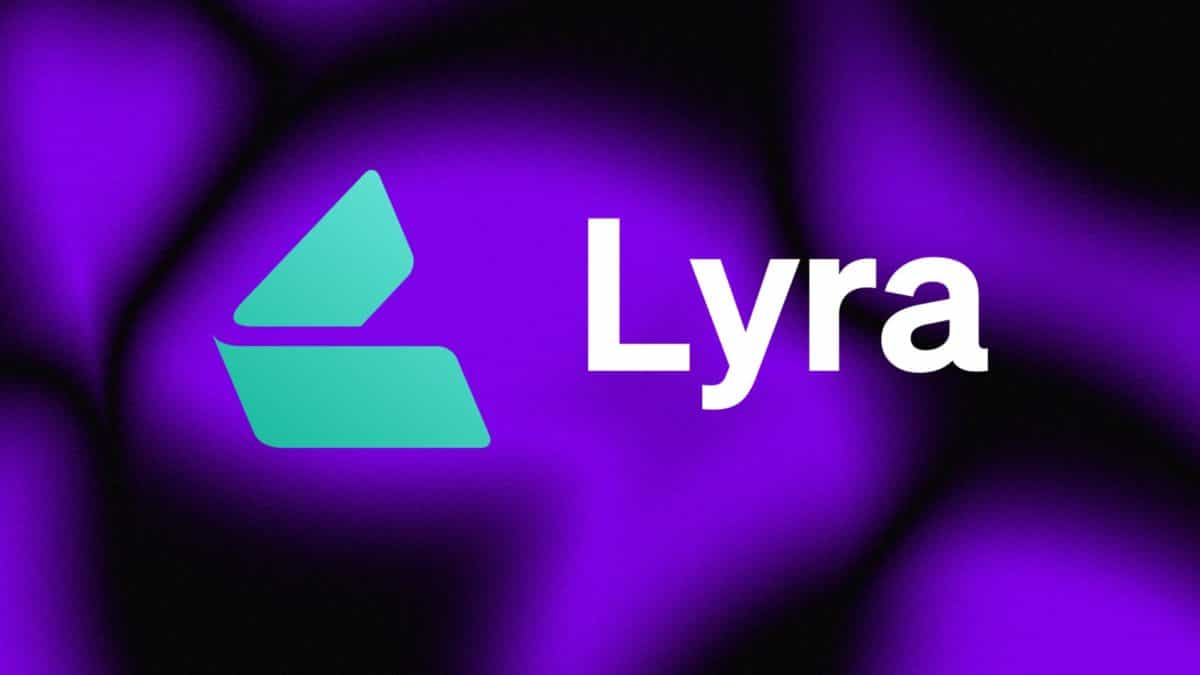Cartesi rollup network goes live with first app Honeypot

Quick Take
- Cartesi has launched its first dapp, Honeypot, on the Ethereum mainnet.
- Honeypot is designed to challenge the security of Cartesi codebase.

Cartesi, an app-specific rollup protocol with a virtual machine that runs Linux distributions, has had its first decentralized app launched on the Ethereum  ETH
-1.68%
mainnet: Honeypot. The dapp is designed to specifically allow developers and ethical hackers to challenge the security of code powering the Cartesi protocol in exchange for a bounty reward.
ETH
-1.68%
mainnet: Honeypot. The dapp is designed to specifically allow developers and ethical hackers to challenge the security of code powering the Cartesi protocol in exchange for a bounty reward.
The Honeypot dapp will be used to stress-test Cartesi's base code on its mainnet, allowing Cartesi's technology to be launched and subsequently used for other dapps.
The first person to hack Honeypot will be able to drain the funds kept on the network by the team, some 1.77 million Cartesi tokens ($220,000) after one year, no strings attached.
In the backend code of the Honeypot dapp, there is an algorithm that only allows the Cartesi Foundation's depositor account to withdraw funds. Participants face the challenge of breaking the code and withdrawing the funds to an account they own.
"We want to welcome all developers to test Cartesi's Rollup infrastructure – but in a gamified challenge," said Gabriel Barros, a developer advocacy contributor to Cartesi.
What is Cartesi?
Cartesi is a Layer 2 network designed to make building complex and powerful dapps easier by offering a bridge between traditional development and blockchain-based solutions, the team said.
At its core, Cartesi introduces a mechanism for dapps to run heavy computations for dapps off-chain in a Linux environment. These off-chain computations are verifiable by the blockchain. This ensures that developers can leverage existing software and tools, with the final computation results being consistent across all nodes.
The significance of the Linux environment in Cartesi's framework lies in its familiarity and widespread adoption. Linux is one of the most widely used operating systems in the world, especially in server environments. Many developers are already familiar with the Linux ecosystem, especially its tools and libraries used for developing a wide array of traditional web applications.
"Cartesi's goal is to eliminate the limitations web3 developers face by enabling them to import decades of familiar programming tools, libraries, and languages to the blockchain. By doing so, Cartesi unlocks a new realm of possibilities, allowing developers to surpass what was previously imaginable with earlier web3 applications," added Barros.
© 2023 The Block. All Rights Reserved. This article is provided for informational purposes only. It is not offered or intended to be used as legal, tax, investment, financial, or other advice.



